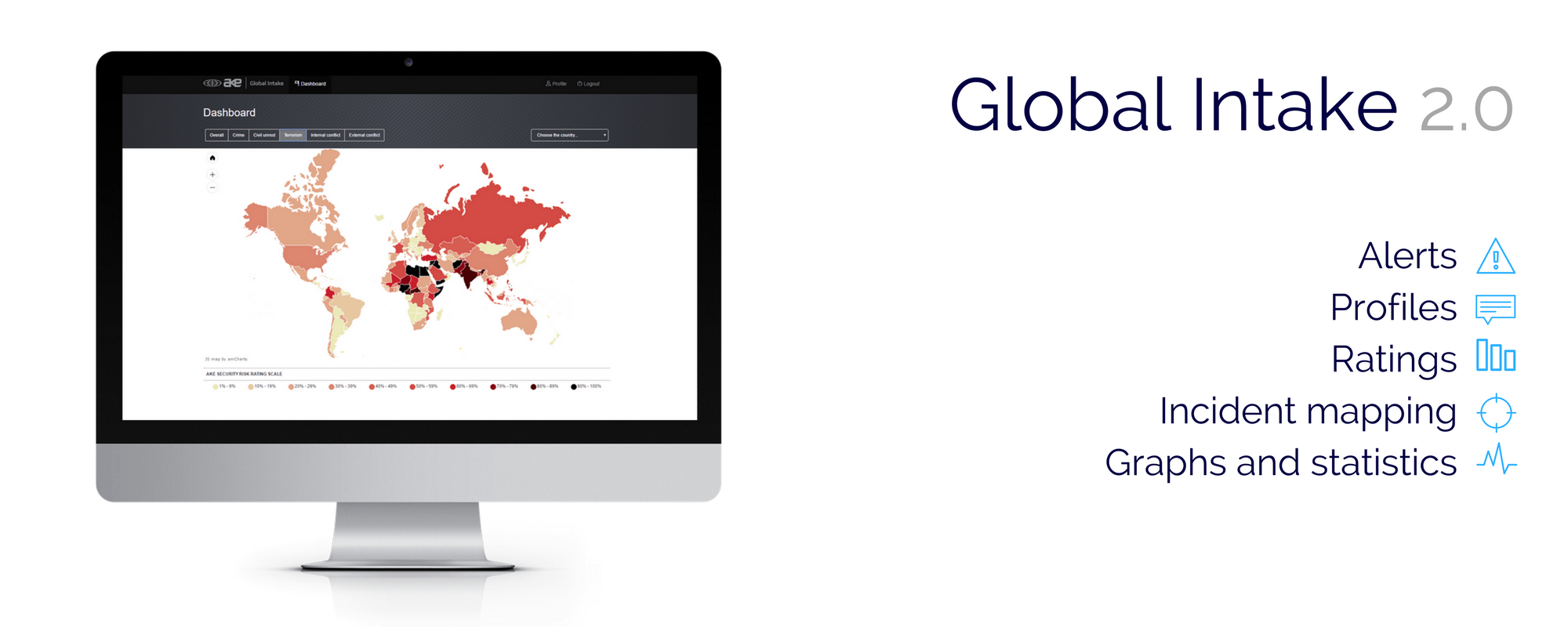Date first published: 11/09/2018
Key sectors: infrastructure
Key risks: CF; political interference
If China’s promise to make an additional US$60bln in financing available to Africa over the next three years was not quite record-breaking, the list of attendants of the September 3-4 Forum on China-Africa Cooperation in Beijing certainly was – the event was reportedly the largest ever gathering of African leaders outside the continent. As usual, the summit was heavy with grand rhetoric of shared destiny and mutual opportunity. Yet, the enthusiasm that once surrounded Africa’s burgeoning ties with China is undeniably waning amid growing allegations that China is engaging in ‘debt-trap diplomacy’.
China-Africa trade has grown 40-fold over the past 25 years. The flipside of this development, African countries’ rapidly growing indebtedness to China, and its potential political implications have nonetheless only recently come under increased scrutiny as fiscal space in both African countries and China tightens.
Since 2012 African countries’ median public debt levels have increased by 20 percentage points to 53 per cent of GDP. While most of this continues to be in the form of concessional loans from multilateral institutions and, increasingly, sovereign bonds, China has emerged as the continent’s single largest bilateral creditor. For some countries, notably Zambia, Djibouti, and the Republic of Congo, Chinese loans are the single largest risk factor for debt distress. As Africa’s medium-term growth prospects deteriorate, an increasing number of countries have recently sought to restructure their Chinese-held debt, and more are expected to follow suit.
Keen to preserve its image as a benevolent partner, China has generally accommodated such requests without much ado. In early September, it was announced that China and Ethiopia had agreed on a 20-year extension of the Chinese US$4bln loan for the Addis Ababa-Djibouti railway line, a key project in China’s Belt and Road initiative, amid rising concerns over debt distress.
Nowhere is China’s money-for-influence strategy as manifest as in tiny Djibouti, whose 82 per cent of GDP debt to China is widely considered unsustainable. In 2017, China opened its first overseas naval base in the country. Officially labelled as a logistics hub to support China’s humanitarian missions in Africa, the base is seen as providing China with a strategic foothold in Africa from which to further expand its power projection capabilities. In February 2018, Djibouti cancelled its contract with Dubai-based DP World on the management of the Doraleh Container Terminal in what the company called an illegal seizure. Now speculation abounds that the government is being pressured to hand the facility over to China in return for continued financial support, mirroring a similar transfer of a port in Sri Lanka.
But China’s involvement in Africa is also increasingly controversial at home. A string of failed investment projects across Asia has led many Chinese to question the wisdom of China’s growing foreign credit portfolio. President Xi Jinping’s US$60bln pledge to Africa sparked intense criticism on social media, with many complaining the money could be better used to fund schools at home. As China’s economic growth cools, the government is likely to become more discerning with regard to the projects it funds.
Nonetheless, while the growth of Chinese loans to Africa shows signs of slowing, albeit at a high level, the trend is unlikely to reverse. Below-average interest rates, long repayment periods and few strings attached mean that African countries are set to continue to China for funding. With the African Eurobond bonanza expected to come to a potentially ugly end, they might soon find themselves with few alternative options.


